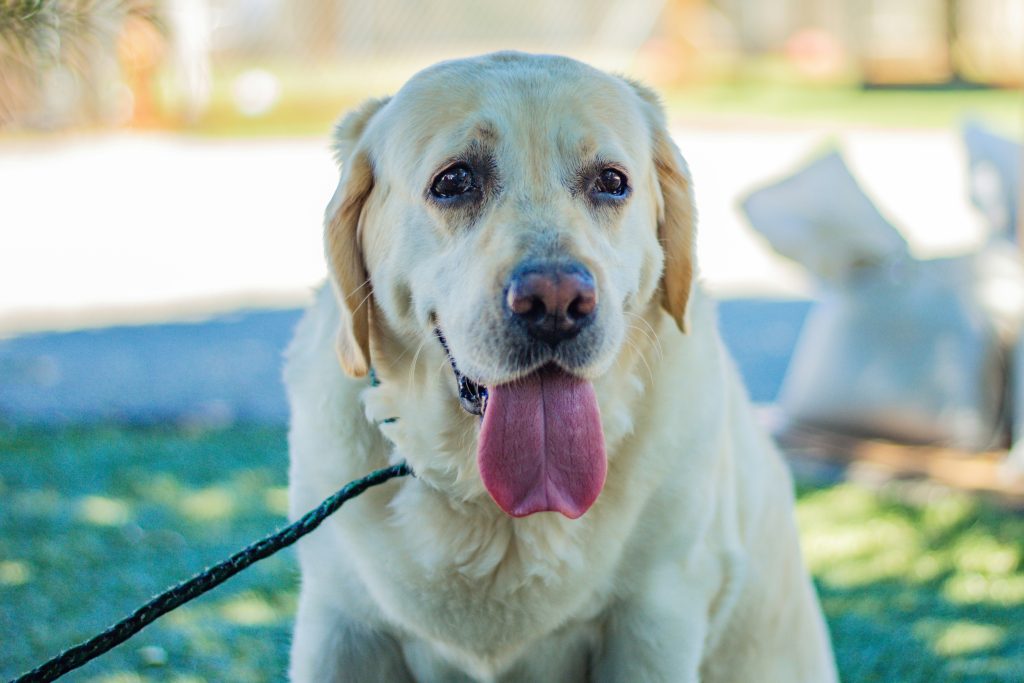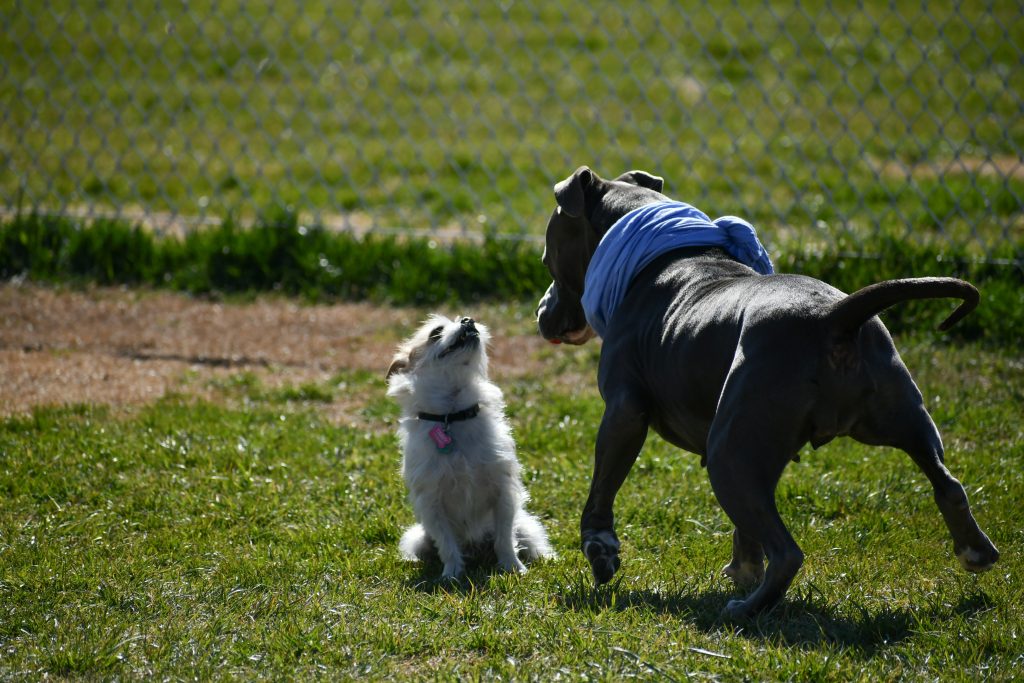The First 30 Days With Your Rescue Dog
Welcome Home: The First Month Matters Most
Bringing home a rescue dog is the beginning of something beautiful—but it’s also a time of big change for both of you. The first 30 days are all about patience, structure, and building trust. By following a steady, thoughtful routine, you’ll lay the foundation for a secure and lasting bond.
Let’s walk through what to expect and how to support your dog during this critical adjustment period.
Days 1–3: The Decompression Phase
Your dog is experiencing a whirlwind of change—new smells, people, sounds, and routines. They may appear anxious, shut down, hyperactive, or even totally disengaged. Don’t take it personally. They’re just adjusting.
What to do:
-
Keep things calm and quiet.
-
Provide a safe space where they can retreat.
-
Stick to short, gentle walks in low-stimulation areas.
-
Avoid overwhelming them with too much attention or activity.
Establish a basic routine:
-
Set feeding and potty times.
-
Begin using the crate or safe zone.
-
Keep interactions short and sweet.
Don’t worry about training right away—focus on comfort and consistency.
Days 4–7: Building Predictability
Your dog is starting to recognize the rhythms of your home. They may begin exploring more, seeking attention, or showing personality quirks. Some initial behavior issues (barking, chewing, accidents) may appear as your dog tests boundaries.
Tips:
-
Maintain your routine for meals, walks, and quiet time.
-
Begin gentle training with rewards (sit, come, leash manners).
-
Reinforce positive behaviors, and redirect unwanted ones.
-
Continue to limit their access to certain parts of the home.
If accidents or barking happen, stay calm. Your dog is still figuring things out.
Week 2: Forming Early Bonds
By now, your dog might begin to show signs of trust—tail wags, snuggles, following you around. That’s a great sign! But don’t mistake comfort for complete adjustment. Many dogs are still holding back.
What to focus on:
-
Increase your training to 5–10 minutes daily.
-
Begin safe socialization with quiet visitors or neutral dog interactions.
-
Slowly allow more supervised freedom in the home.
-
Maintain clear boundaries and reinforce routines.
This is a great time to begin working on house manners, crate training, or basic obedience commands.
Week 3: Personality Emerges
Your dog’s true personality may start to show now—playful, goofy, vocal, stubborn, or even reactive. This is normal. You may also notice some challenges, like guarding behaviors or separation anxiety.
Respond with:
-
Continued consistency in structure and commands.
-
Calm redirection, not punishment.
-
Brief departures to build independence (start with 5–10 minutes).
-
Puzzle toys and enrichment to stimulate their mind.
If any issues feel overwhelming, don’t hesitate to consult a trainer—early guidance can make a big difference.
Week 4: Settling In
By the end of the first month, your dog has likely begun to settle into your household rhythm. They’re learning your cues, routines, and expectations. They may now respond to their name, walk nicely on leash, and relax more fully in your presence.
Next steps:
-
Start reinforcing more advanced training like “stay,” “leave it,” or polite greetings.
-
Go on longer walks or introduce car rides and new environments.
-
Practice calm alone time to prevent clinginess.
-
Deepen your bond through play, snuggles, and shared routines.
Continue to be patient—adjustment can take several months, and every dog moves at their own pace.
Final Tips for the First 30 Days
✅ Be patient. You’re building trust, not demanding perfection.
✅ Stay consistent. Routines make dogs feel secure.
✅ Reward the good. Use treats, praise, and affection to encourage desired behaviors.
✅ Don’t rush socialization. Let your dog guide the pace.
✅ Keep a journal. Tracking progress (and funny moments!) can be encouraging.
Final Thoughts
The first month with your rescue dog is a journey of discovery—for both of you. Celebrate small wins, stay calm through the hiccups, and remember: you’re offering more than a home—you’re offering a second chance. With time and care, your rescue dog will blossom into the loyal companion you’ve both been waiting for.



